Lilo & Stitch Is A Rare Disney Remake That’s Hard To Dislike
This live-action remake of the timeless 2002 Disney feature-length cartoon is not Pixar-heavy or allegorical; it's just a simple fairytale about misfits uniting to belong in an America on the margins.
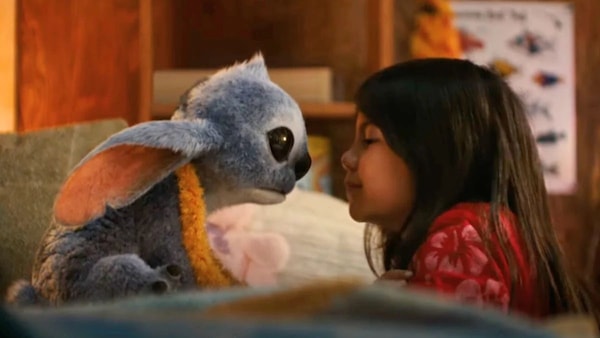
Still from Lilo & Stitch.
Last Updated: 03.16 PM, May 23, 2025
I HAVE MY RESERVATIONS about live-action hybrid remakes of animated Disney classics. I just don’t see the point. The original invariably does a better job of charming newer generations of kids and adults (on smaller screens). The odd tech and VFX updates aside, there’s no real add-on; it’s like watching the capitalisation and credit of cultural interest into a bank account that refuses to invest in the current market. Remaking beats a re-release, sure, but it’s a mighty expensive way of telling the same story twice. The commercialism is grating, especially when the film in question is a cutesy childhood fable about the wonders of being young. But the most pressing question surrounding this remake/adaptation cycle is: Have we run out of imagination? Is there no will to create something new?
In theory, Lilo & Stitch is another brick in that wall. It’s a redo of the timeless 2002 feature-length cartoon about a lonely little Hawaiian girl and the destructive dog-koala-like alien she adopts. 6-year-old orphan Lilo (Maia Kealoha) finds Stitch (voiced by Chris Sanders, the director of the original), a nutty genetic experiment creature who escapes from the United Galactic Federation and ‘hides’ on Earth as Lilo’s pet. Their mischief coincides with the struggle of the girl’s older sister, Nani (an Emma Stone-coded Sydney Elizebeth Agudong), to be Lilo’s legal guardian and hold the tiny family together.
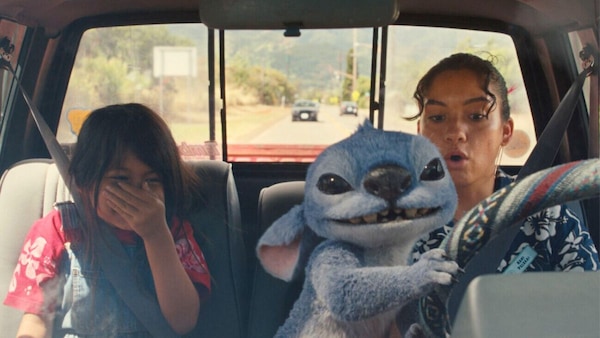
An assortment of other characters dots their adventure: an empathetic social worker (Tia Carrerre, who voiced Nani in the 2002 film), a maternal old neighbour (Amy Hill), a bumbling mad scientist (Zach Galifianakis) and Earth expert (Billy Magnussen) dispatched by the federation to capture Stitch, a CIA agent named Cobra Bubbles (Courtney B. Vance), and the powerful Grand Councilwoman (who else but Hannah Waddingham) overseeing the earthly mission.
Everything about the film points to a synthetic and easy summer cash-grab. But over its 107 minutes, I found it increasingly difficult to stay cynical. One might attribute this to the inherent heart and playfulness of the story: an eccentric child and her eccentric pet against the world. It’s not Pixar-heavy or allegorical, just a simple fairytale about misfits uniting to belong in an America on the margins. The narrative stays a bit too loyal to its source, of course, but I found myself quite enjoying the ‘limitations’ of live-action film-making in its pursuit of a science-fiction fantasy. The formal dissonance between the CGI aliens and the flesh-and-blood humans adds to the tapestry of the story.
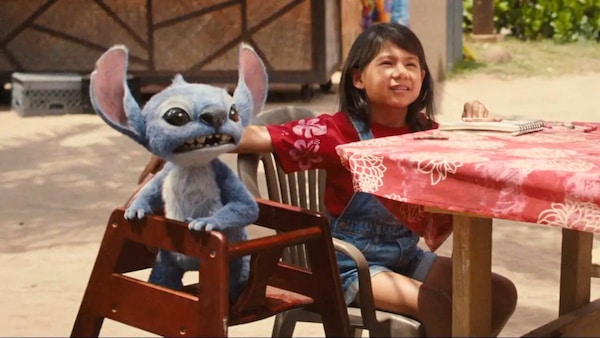
There’s always a sense that the animated universe is trying to adjust to the personality of the Hawaiian island; Stitch is an outlier in more ways than one, for he must find a common ground — and identity — between the flexibility of cartoons and the stillness of life. The only false note (apart from the generic action towards the end) is the characterisation of Lilo as a live-action girl behaving like an animated figure. She’s not the first precocious child-sounding-like-adult person in a film, and she won’t be the last, but her adorableness is too make-believe and designed, which sort of beats the purpose of the hybrid medium.
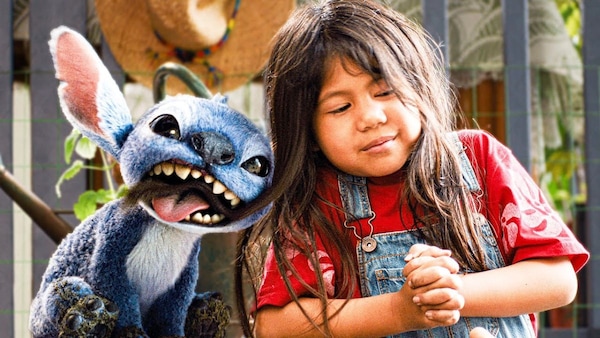
More importantly, though, the soul of the story — the central relationship between Nani and Lilo — feels a little more real. Stitch becomes an explosive injection of all the fictions that the sisters are forced to sacrifice after the death of their parents. I like that Nani remains the focus in a film that’s not named after her — she being the de facto protagonist of the movie ties into her being the de facto (and unprepared) parent in Lilo’s troublemaking life. Circumstances force her to grow up faster and parachute her into a future, skipping over all the phases and privileges of girlhood. No matter how hard she tries, she can’t be the sister that Lilo needs because she’s too busy being the no-fun and hustling mom. One of the final scenes works precisely because she abandons her grown-up-ness in a crisis and pulls off a rescue mission as more of an older sibling.
Which brings me to the primary reason this remake works. When I watched the 2002 film as an isolated teenager who had just moved to a new city, I related to the loneliness of Lilo. She prays for a friend and “angel” (in a Kal Ho Naa Ho-coded moment), and it says something that an animal offers her the comfort and connection that humans cannot. Lilo’s situation made me feel seen, but also slightly sad that my parents (who were very much alive) didn’t get me an alien dog. There was this constant threat of separation, too, and the ‘transience’ of this shift due to the dysfunctionality of their marriage. Stitch, for me, was where life ended and stories began.
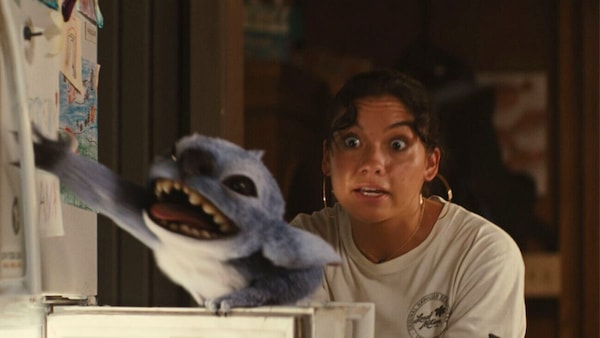
But today, late into my 30s, I found myself resonating solely with Nani — the character who must overlook her own A-grade potential and dreams in order to nurture her little sister. I don’t have siblings, and my journey has been far from similar, but Nani’s conflict is also a surrogate for all the compromises we end up making — sometimes bitterly, sometimes urgently — as premature caregivers who resign themselves to fate. Regardless of how old or young we are, when family situations, abrupt tragedies and responsibilities change the trajectory of our futures, there will always be a feeling that we could have been so much more. Lilo is a kid, but she can also be an ageing and single parent, a divorced homemaker with nobody else to lean on, or a marriage that has run its course. Nani is a young adult, but she can also be an only child with ailing parents, a middle-aged man doing his duty, or a couple dealing with an unplanned pregnancy. So when someone like Lilo tells a shackled Nani to go conquer the world, we are vividly aware that this is where life ends and storytelling begins. It doesn’t happen a lot, and when the screen comes alive, it becomes an original portrait of all the people we could have been and a remake of everyone we’ve chosen to be.
